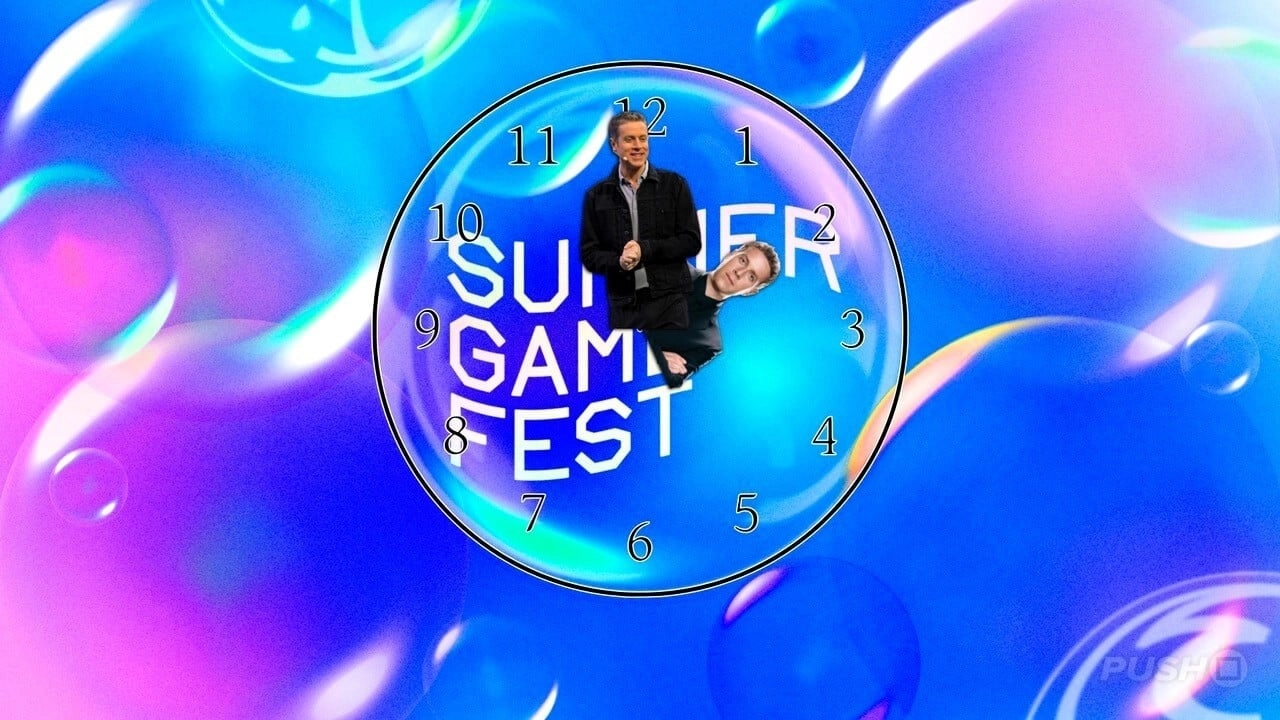
The Summer Game Fest, an event that has become the spotlight for gaming announcements and eagerly anticipated trailers, reportedly has a high cost of entry for those looking to showcase their games. According to a recent report by Esquire, showing even a minute-long trailer at the festival can cost a whopping $250,000.
Geoff Keighley’s Summer Game Fest has rapidly grown in importance, particularly with the decline of E3, traditionally the biggest event in the gaming calendar. This festival now stands as a major platform for big companies and developers to unveil their newest games and updates. Scheduled to air on June 7th, this year’s event is expected to attract a large audience, both live and online, eager to see the latest innovations and announcements in the gaming world.
However, the costs associated with participating in this event might be prohibitively high for smaller developers. Esquire's report reveals a structured pricing model where the cost to air a trailer starts at $250,000 for a minute, with increased prices for longer durations: $350,000 for 1.5 minutes, $450,000 for 2 minutes, and $550,000 for 2.5 minutes. These figures suggest that showcasing a trailer at the Summer Game Fest is a significant investment, one that could collectively bring in millions of dollars from the trailers alone, based on last year’s airings.
What's noteworthy is the perspective of industry professionals on these costs. Marketing experts argue that the exposure gained from such a premier event can justify these expenditures. The visibility that comes with being part of a well-watched and highly anticipated event like the Summer Game Fest can translate into substantial interest and sales, potentially making the initial financial outlay worthwhile.
However, there's an inherent limitation in this model that could stifle the diversity of games presented. The high cost associated with securing a slot for a trailer inherently limits access primarily to well-funded, established developers. Indie developers, who often operate with much smaller budgets, may find these costs unattainable, hence missing out on a significant opportunity to reach a wider audience.
Kotaku's exploration into the pricing further reveals that while major companies might bear these costs or even get their trailers showcased for free, smaller studios aren't as fortunate. There are certain slots designated as “free” that are based on editorial choices rather than payments, offering a glimmer of hope for less prominent games to gain the limelight. However, these "free slots" are limited, implying that many indie developers might still struggle to participate.
This discrepancy in accessibility raises questions about the overall impact on the gaming industry. While large companies can continuously afford to market their games and capture consumer attention, smaller developers might not have the same opportunity. This could potentially lead to a homogenization of the games that gain popularity, overshadowing innovative but less financially equipped indie games.
The issue of cost and accessibility at major gaming events like Summer Game Fest isn’t just a logistical problem—it speaks to the broader dynamics of the industry where financial power can often equate to visibility and influence. While the thrill and excitement of big reveals and announcements are undeniable, it's crucial for the industry to also find ways to be inclusive and supportive of smaller developers, ensuring that creativity and innovation continue to flourish without an excessively high price tag.
As the gaming world looks forward to the excitement of Geoff Keighley’s Summer Game Fest, reflecting on how to balance commercial success with inclusivity could help pave the way for a more diverse and vibrant gaming landscape.
You must be logged in to post a comment!